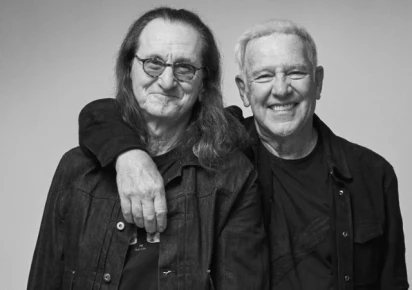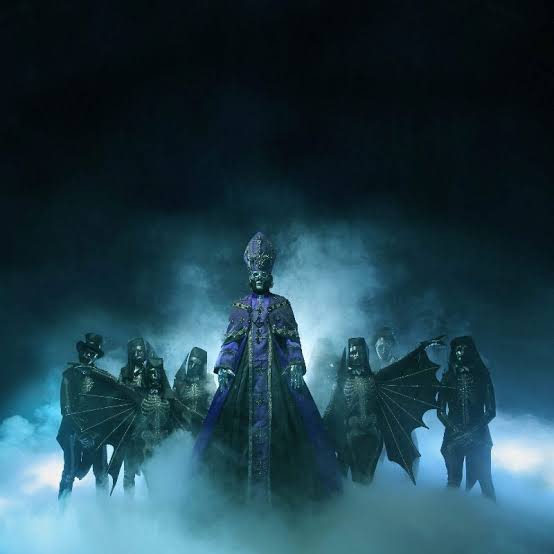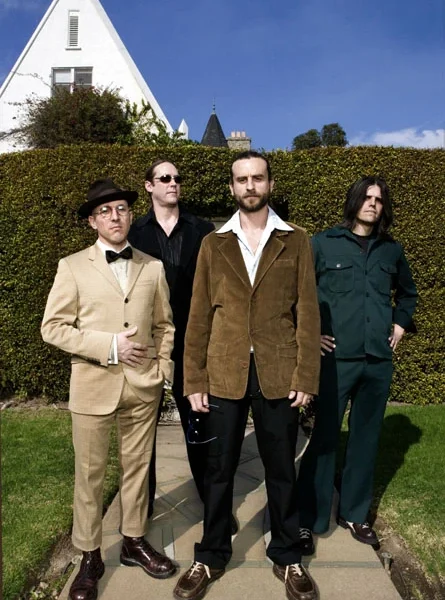The Rhythm Reignites: Rush & Anika Nilles Announce Monumental 2026 World Reunion Tour
For nearly half a century, Rush has stood as one of rock’s most technically masterful and creatively daring bands — a trio that reshaped progressive music through decades of relentless evolution. From the thunderous drive of Moving Pictures to the meditative layers of Clockwork Angels, Geddy Lee, Alex Lifeson, and the late Neil Peart wrote themselves into the DNA of modern rock. Their sudden silence following Peart’s passing in 2020 left a void — one that fans believed would never be filled again. But in 2026, that silence is about to break.
After years of speculation, Geddy Lee and Alex Lifeson have announced the return of Rush — reborn, reimagined, and reignited — with one of the most electrifying drummers of the modern era, Anika Nilles, joining the lineup. The tour, titled “The Rhythm Reignites,” will span continents, revisiting the band’s legacy while introducing a bold, forward-looking sound that blends precision, heart, and innovation.
When news first broke, the rock world nearly imploded. Social feeds lit up with disbelief and excitement as clips of the band’s secret rehearsal sessions surfaced online. Geddy’s unmistakable voice still soared; Alex’s guitar phrasing, rich and expansive, filled the room. But what truly caught fans’ attention was the woman behind the drum kit — Anika Nilles, whose effortless control and rhythmic imagination have earned her acclaim from drumming legends worldwide.
For Lee and Lifeson, the decision wasn’t about replacing Neil Peart — it was about honoring him through evolution. “Neil was irreplaceable,” Lee shared in a recent interview. “But Rush was always about movement — about pushing boundaries. When Alex and I saw what Anika could do, we didn’t see a replacement; we saw a new chapter.”
Born in Germany, Anika Nilles rose from the YouTube generation of virtuosos, blending intricate time signatures with an almost melodic sense of rhythm. Her solo works — like Alter Ego and For a Change — have become blueprints for a new generation of drummers. Yet, joining Rush represents an entirely different level of challenge and reverence. “It’s surreal,” Nilles admitted. “Rush’s music shaped my understanding of drumming. To play it, and to bring something new to it, is both terrifying and exhilarating.”
The 2026 tour will reportedly feature a two-act performance. The first half will celebrate Rush’s golden years, featuring reimagined renditions of classics like “Tom Sawyer,” “Subdivisions,” and “YYZ,” enriched with Anika’s modern rhythmic voice. The second half, however, promises something unexpected — a suite of new material co-written by all three musicians. Rumors suggest that the new compositions carry a cinematic scope, merging Peart’s narrative depth with the percussive color and pulse Nilles brings.
Lifeson, who has often spoken about the emotional weight of returning to the stage, says this tour feels less like a comeback and more like a continuation of a shared spirit. “We’ve all grown older,” he reflected. “But the connection between us — that instinctive understanding of how to breathe together musically — it’s still there. Adding Anika gives us a new spark. She hears rhythm the way Neil did — as both science and art.”
The tour will begin in Toronto, the band’s hometown, before sweeping through North America, Europe, South America, and Japan. Production insiders describe the stage setup as “a visual journey through Rush’s history,” blending archival footage, live improvisation, and immersive soundscapes. Netflix and Live Nation are rumored to be co-producing a documentary series chronicling the band’s reunion, offering fans unprecedented access to rehearsals, recording sessions, and the emotional process of stepping back into the light.
As the countdown to 2026 begins, one thing is certain: Rush’s story isn’t over. It’s transforming — powered by legacy, fueled by curiosity, and driven by rhythm. For fans who grew up air-drumming to Peart’s solos, this reunion isn’t just nostalgia. It’s a testament to music’s ability to evolve — to live on through those who understand its pulse.
Or, as Geddy Lee put it best:
“Rush has always been about movement — moving forward, moving inward, moving beyond. This isn’t a return. It’s a rebirth.”


